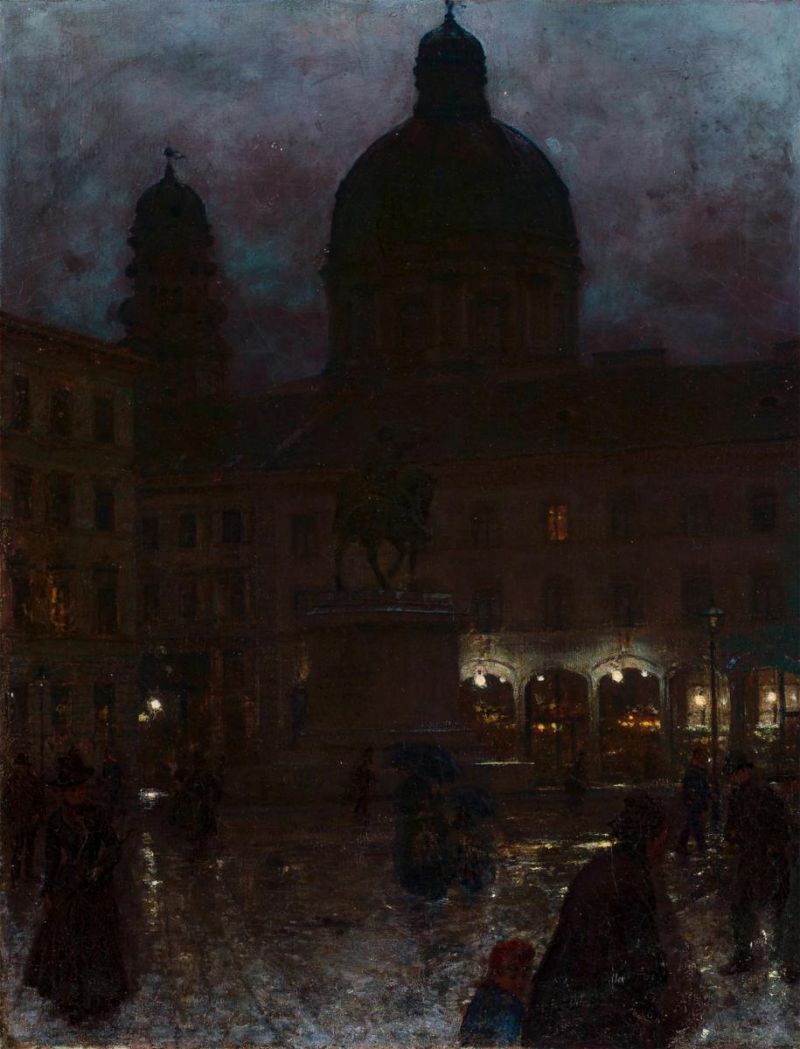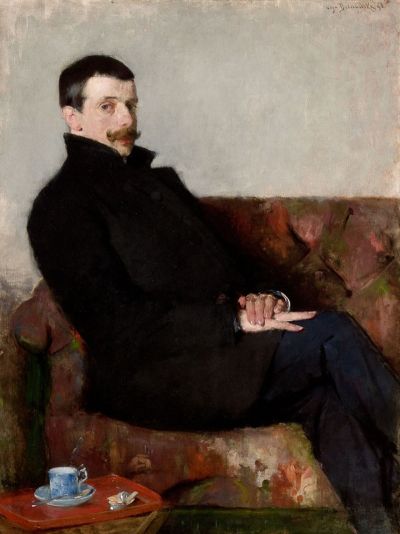Polish artists in Munich 1828-1914
Mediathek Sorted
-
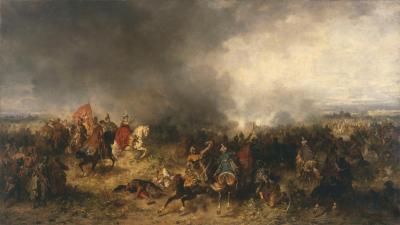
-
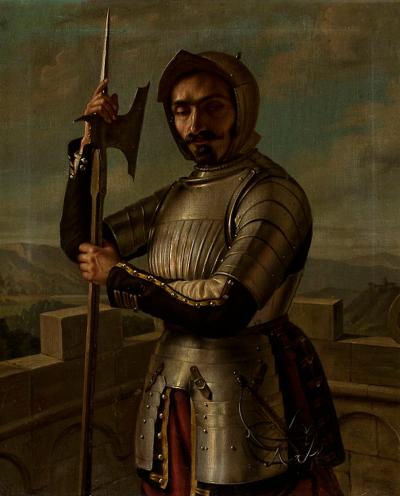
-
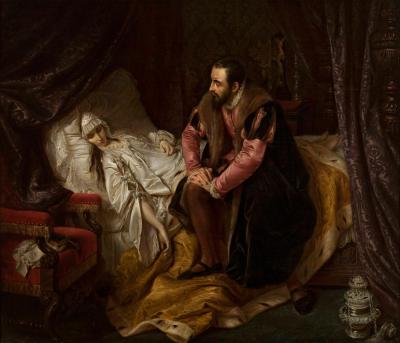
-
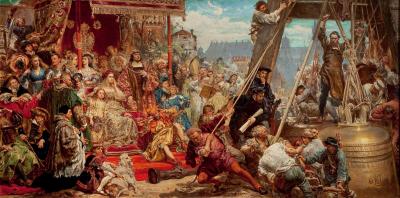
-
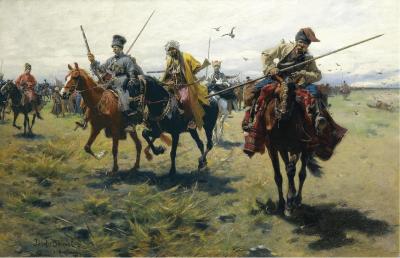
-
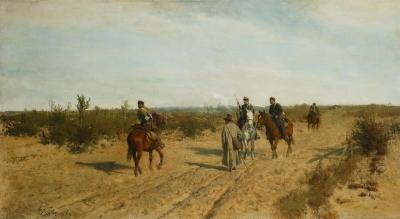
-
![Abb. 7: Aleksander Gierymski (1850-1901) Abb. 7: Aleksander Gierymski (1850-1901) - Aleksander Gierymski (1850-1901): Im Atelier des Künstlers [in München], 1869/70.](/sites/default/files/styles/width_100_tiles/public/assets/images/7_gierymskia2.jpg?itok=U_gomzpn)
-
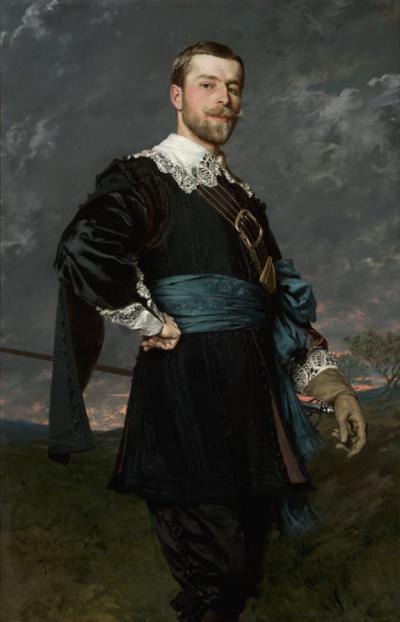
-
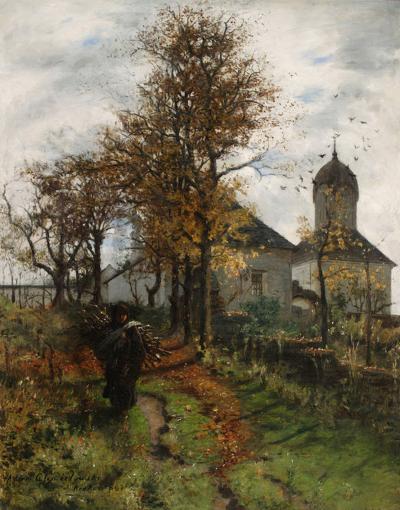
-
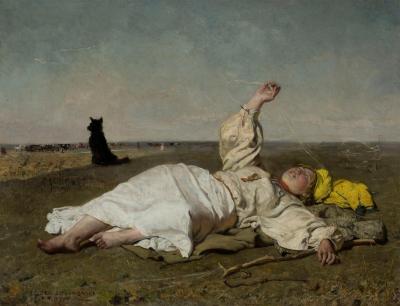
-
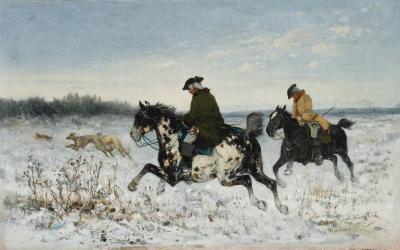
-
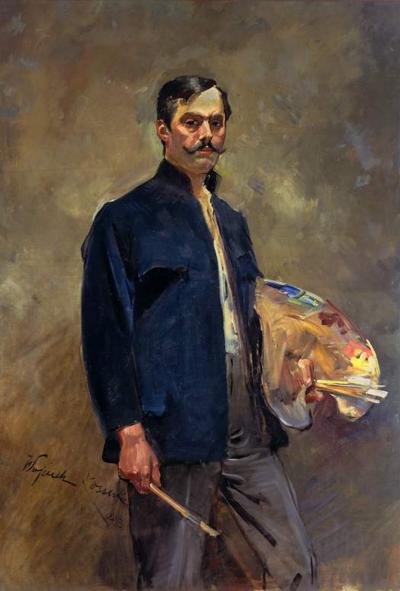
-
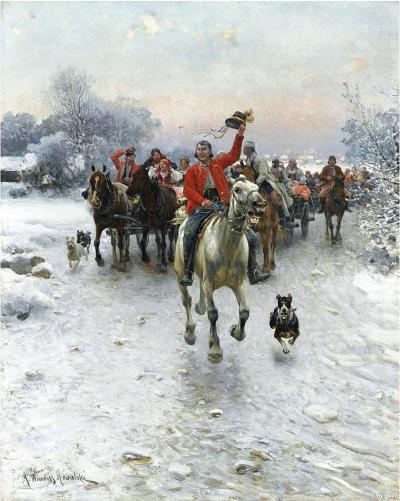
-
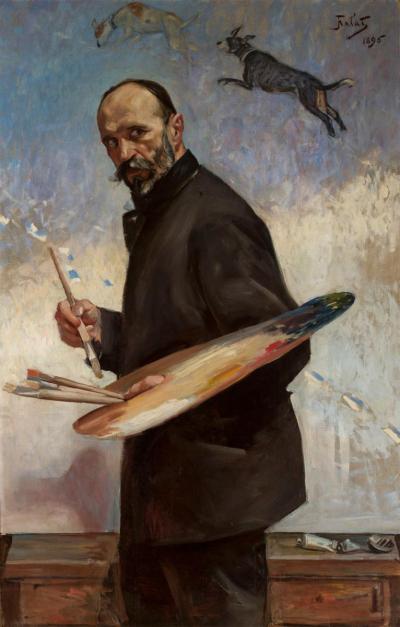
-
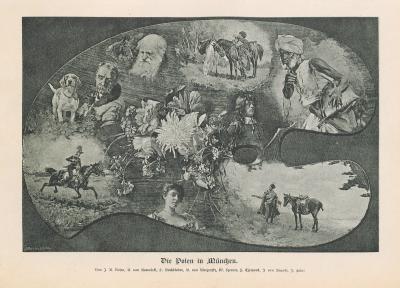
-
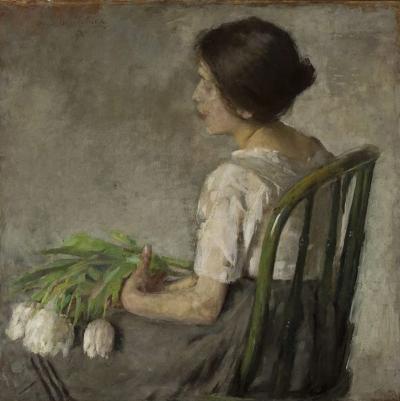
-
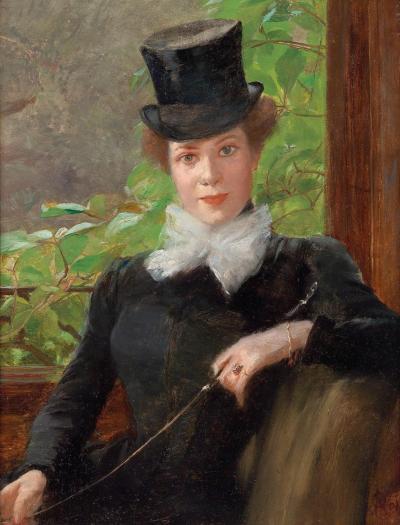
-
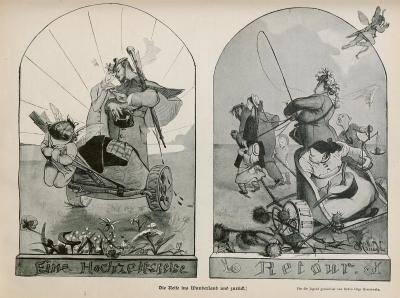
-

Polenkolonie in München - Hörspiel von "COSMO Radio po polsku" auf Deutsch

The stream of Polish art students to Munich continued after 1875, but now there was a lack of any great talent. Brandt and Wierusz-Kowalski were at the centre of the Polish scene. They opened their affluent houses to the new arrivals and put at their disposal “Polish“ props from the rich collection of objects in their workshops. Private schools became more and more important. The private school founded by the Hungarian genre painter Simon Hollósy was particularly popular amongst the Poles: he also offered summer courses in open-air painting in Hungary. Up till 1911 around thirty Polish painters studied at his school. The “Poland colony” described by Rosenberg at this time was perceived by others as a “closed school. In November 1887 the periodical “Kunst für alle” portrayed eight Polish artists including Brandt and Fałat, each of whom designed their own motifs on an artist’s palette (a characteristic art form for groups of artists at the time, that was also known in other cities with academy cities, Ill. 15). The accompanying text read as follows: “Some of the more excellent artists in huge colony of Polish artists residing in Munich have joined forces to immortalise themselves with light-hearted jokes, as illustrated here. From the harmony of the whole it is easy to see how these artists make up a common school. However its character is stamped with the genius of J. von Brandt which has influenced the other individuals to a greater or lesser extent.”
Between 1890 and 1914 new artistic directions came to the fore. Prominent amongst these were the secession style influenced by French Impressionism, and the crafts movement from England and Scotland. With the setting up of the journal Jugend in 1896 Munich became one of the centres of German Jugendstil. Polish artists like Stanisław Grocholski, Wacław Szymanowski and Olga Boznańska (1865-1940, Ill. 16) took part in exhibitions organised by the Münchener Secession that had been founded in 1892. Others like Otolia Gräfin Kraszewska (1859-1945, Ill. 17, 18), Edward Okuń and Feliks Wygrzywalski worked as illustrators for Jugend,. Amongst the private academies the school set up in 1891 by the Slovenian genre and portrait painter Anton Ažbe was particularly popular. Around thirty Poles studied there, alongside the Russian painters (between1896 and 1897) Alexey von Jawlensky and Wassily Kandinsky both of whom later became famous. In 1897 there appeared a further joint work by Polish artists in Munich, the Jednodniówka Monachijska, the “Munich special edition”, a unique art periodical in the style of Jugend containing vignettes, illustrations and reproductions of portraits, alongside poetry and prose text by Polish authors living abroad.
Between 1890 and 1914 one hundred and twenty-five Polish students enrolled at the Munich Academy, forty-five of whom after 1900. All in all, between 1824 and 1914, three hundred and twenty-two Polish students began an official course in art. If we count all the Polish artists documented in Munich, around 700 Polish painters, sculptors and architects were involved in Munich artists’ circles during this period. With the outbreak of the First World War in 1914 young Polish artists lost all interest in studying in Munich and turned to Paris as their point of orientation.
Axel Feuß, December 2015
Further reading:
Adolf Rosenberg: Die Münchener Malerschule in ihrer Entwicklung seit 1871, Leipzig 1887, pp. 46-48
Friedrich Pecht: Geschichte der Münchener Kunst im neunzehnten Jahrhundert, Munich 1888, pp. 420-424 („Die Polen, Magyaren und sonstigen Ausländer“), http://goobipr2.uni-weimar.de
Münchner Maler im 19./20. Jahrhundert (in six volumes), adapted by Horst Ludwig, Munich 1981-1994
Halina Ste̜pień: Artyści polscy w środowisku monachijskim. W latach 1828-1855 (Studia z historii sztuki / Instytut Sztuki, Polska Akademia Nauk, 44), Breslau/Wrocław 1990
Halina Ste̜pień / Maria Liczbińska: Artyści polscy w środowisku monachijskim. W latach 1828-1914. Materiały źródłowe (Studia z historii sztuki / Instytut Sztuki, Polska Akademia Nauk, 47), Warsaw 1994
Halina Ste̜pień: Artyści polscy w środowisku monachijskim. W latach 1856-1914 (Studia z historii sztuki / Instytut Sztuki, Polska Akademia Nauk, 50), Warsaw 2003
Halina Stępień : Die Polish Künstlerenklave in München (1828-1914), in: zeitenblicke 5 (2006), no. 2, http://www.zeitenblicke.de/2006/2/Stepien/index_html
Dariusz Konstantynów: Polnische Künstlern in München, in: Tür an Tür. Polen-Deutschland. 1000 Jahre Kunst und Geschichte, edited by Małgorzata Omilanowska, exhibition catalogue for the Berlin Festspiele, Berlin, Cologne 2011
Eliza Ptaszyńska (ed.): Ateny nad Izarą. Malarstwo monachijskie. Studia i szkice, Suwałki 2012

















































































